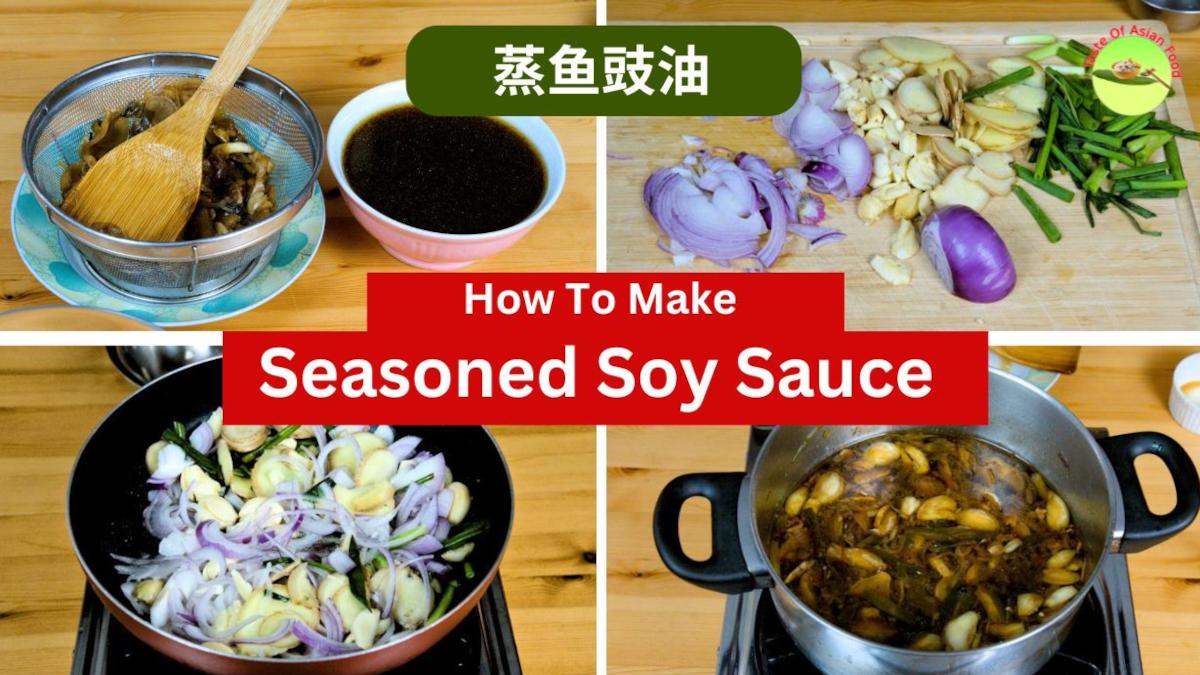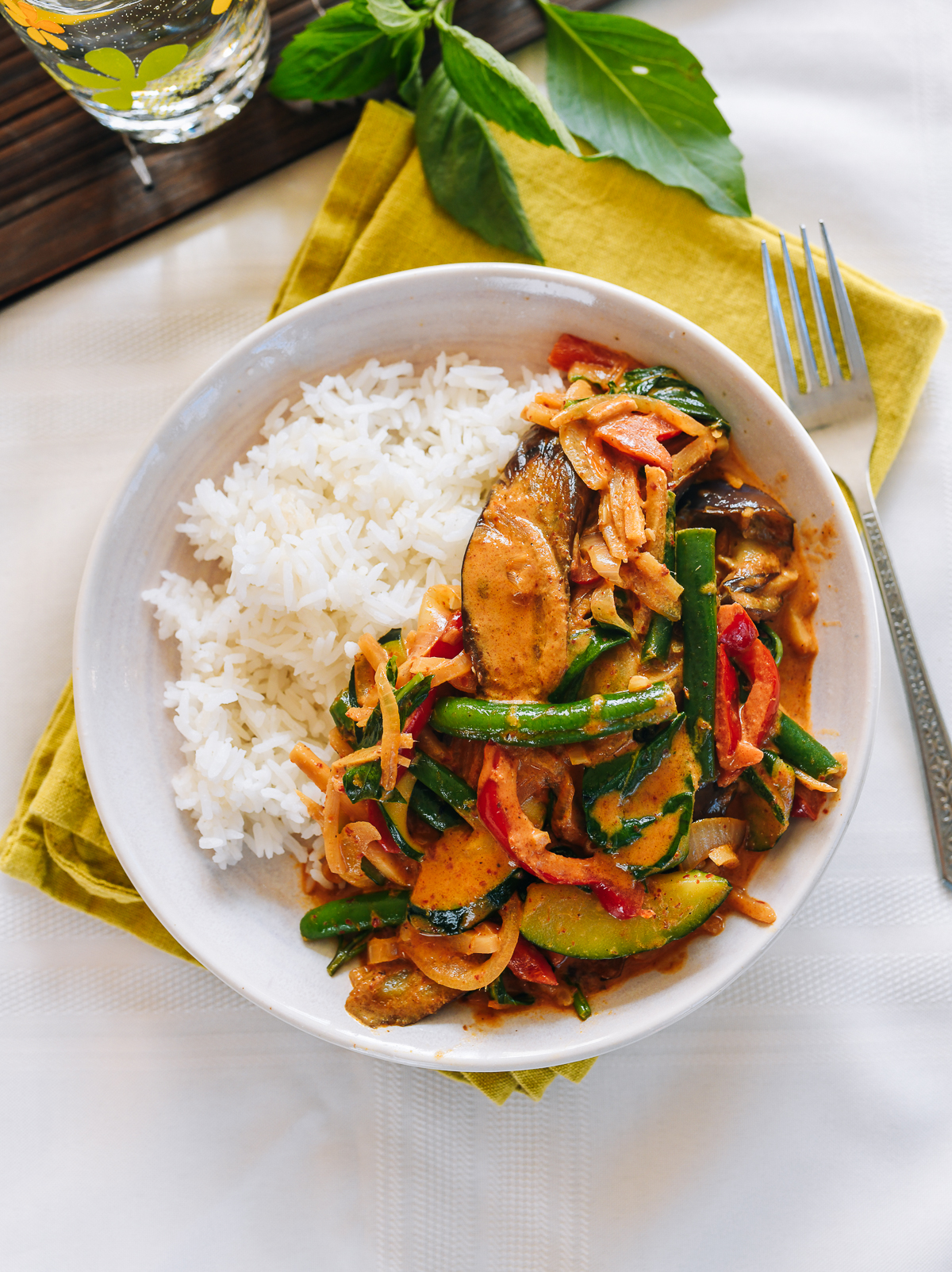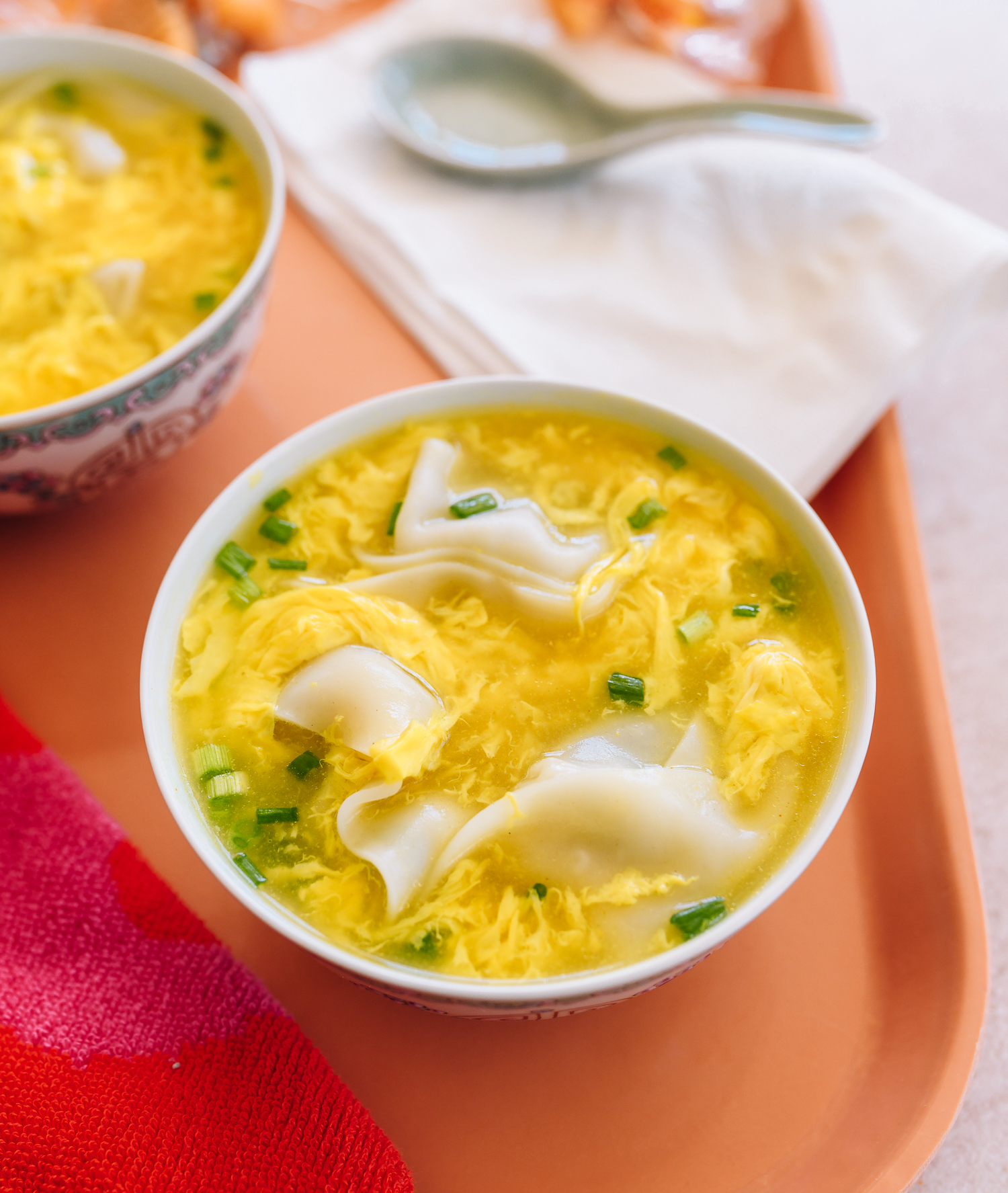In this article, we explore a delightful recipe for Cantonese-style steamed fish sauce, often referred to as seasoned soy sauce. This sauce is frequently misunderstood due to its similarity to Chinese light soy sauce, leading many to mistakenly believe that the sauce drizzled over Cantonese steamed fish is merely soy sauce.
The term “steamed fish sauce” originates from its prevalent use in Cantonese-style steamed fish. However, it is versatile enough to enhance a variety of dishes, making “seasoned soy sauce” a more fitting translation.
This sauce boasts a complexity and depth of flavor that far surpasses any store-bought light soy sauce. Its applications extend beyond steamed fish; for instance, it pairs beautifully with poached chicken and serves as an excellent finishing sauce for steamed or fried tofu. Additionally, it can be used to stir-fry vegetables, imparting a rich umami flavor.

Note: This post may contain affiliate links. Please read the privacy policy for more information. Commissions may be earned for purchases made through links in this post. As an Amazon Associate, I earn from qualifying purchases.
The Main Ingredients Required to Make Steamed Fish Sauce
- Premium Soy Sauce: The cornerstone of this sauce is a high-quality Chinese-style light soy sauce. Just as a good soup begins with quality stock, the same principle applies here. This is the exact recipe used in our restaurants, and while straightforward, it can be customized with additions like Vietnamese fish or oyster sauce.
- Aromatics: Ingredients such as scallions, onion, garlic, and ginger enhance the flavor of the light soy sauce while neutralizing any fishy odors from seafood.
- Seasonings: Essential ingredients include sesame oil, ground white pepper, and sugar. A small amount of vegetable oil is also necessary for sautéing the aromatics before simmering them with the light soy sauce.

How to Make Seasoned Soy Sauce (蒸鱼豉油)
- First, prepare the aromatics. Cut the scallion into short sections, about two inches long. Thinly slice the ginger without peeling it, as it will be discarded later. Cut the onion into thin slices and lightly crush the garlic cloves to release their flavor during simmering.
- Next, heat vegetable oil in a wok over medium heat. Add the scallion, garlic, ginger, and onion, sautéing until fragrant, which should take about two minutes.
- Once fragrant, season with white pepper and sugar. Pour in the light soy sauce and enough water to bring it to a boil. Then, reduce the heat to a gentle simmer and cook for about ten minutes or until the liquid has reduced by half.
- Finally, stir in the sesame oil and mix well. Strain the sauce through a fine mesh strainer to remove all solids, leaving behind a clean, flavorful liquid. Your seasoned light soy sauce is now ready to use.

Storage and Reheating
This steamed fish sauce can be stored in the refrigerator for several days. In my restaurant days, I often prepared larger batches and portioned them into small freezer containers for single servings.
From experience, it freezes well for up to two months without losing flavor. To use, simply thaw in the refrigerator overnight, then bring to room temperature before reheating in a pan or microwave until boiling. It tastes just as good as when freshly made.
If you lack proper containers, pour the sauce into ice cube trays for freezing. Once solid, transfer the cubes to a freezer bag for convenient storage, allowing you to have perfectly portioned servings ready whenever needed.
How to Use This Sauce Beyond Steamed Fish
While traditionally called “steamed fish sauce” (蒸鱼豉油) in Chinese, this seasoned soy sauce is much more versatile than its name suggests. Its balanced umami-sweet profile makes it suitable for nearly any dish that requires regular soy sauce, but with a deeper, more complex flavor. Here are some of my favorite uses:
- Stir-Fries: Use with bok choy, gai lan, or mushrooms during stir-frying. Add a splash of Shaoxing wine and minced garlic for extra depth. For meats, it serves as an excellent base sauce for beef or chicken stir-fries, adhering beautifully to proteins.
- Noodles: Drizzle over cooked noodles with fried shallots and sesame oil for a delicious Lo Mein (干捞面).
- Chee Cheong Fun (肠粉): The sauce’s slight sweetness complements rice noodle rolls perfectly.
- Silken Tofu (葱油豆腐): Pour chilled over tofu with fried shallots and a drizzle of shallot oil.
- Dumpling Dip: Combine with black vinegar and ginger for a quick dipping sauce.
Why It Is Worth Making in Bulk
This sauce enhances everyday cooking with minimal effort. Since it freezes well (up to 2 months), I recommend making a large batch. It will become your secret weapon for adding instant depth to your dishes.
Note: If you prefer not to make it yourself, you can find Lee Kum Kee Seasoned Soy Sauce at many Asian grocery stores.
Is It the Same as “Spiced Soy Sauce”?
This seasoned soy sauce is specific to Cantonese cuisine. Sometimes, it can be confused with a Sichuan-style spiced soy sauce, which is often used for dumplings (红油抄手). The spiced soy sauce is made by simmering soy sauce with various spices, including scallion, ginger, star anise, fennel seeds, clove, cinnamon, and cardamom. For more information on how to make spiced soy sauce, please refer to the relevant article.





